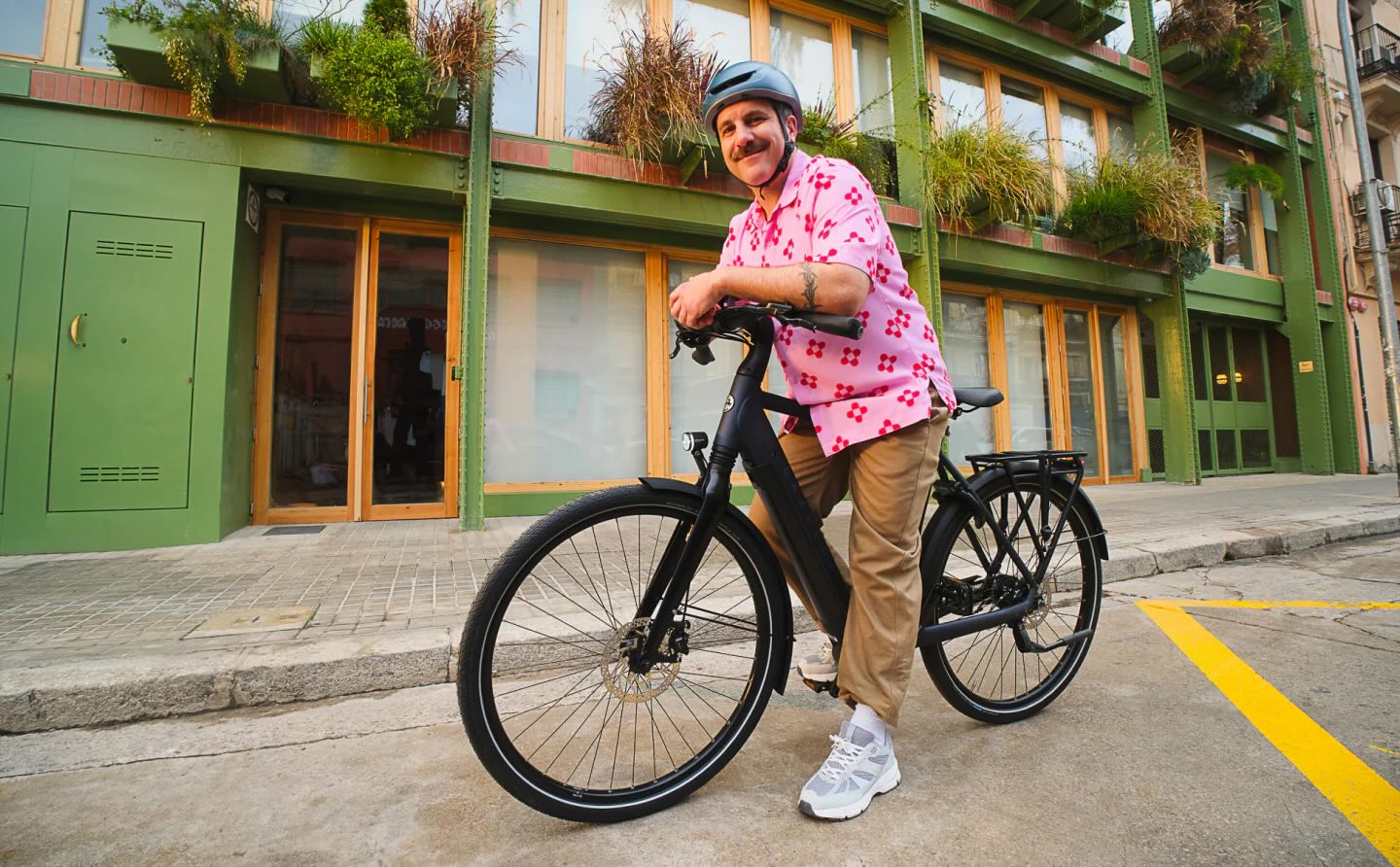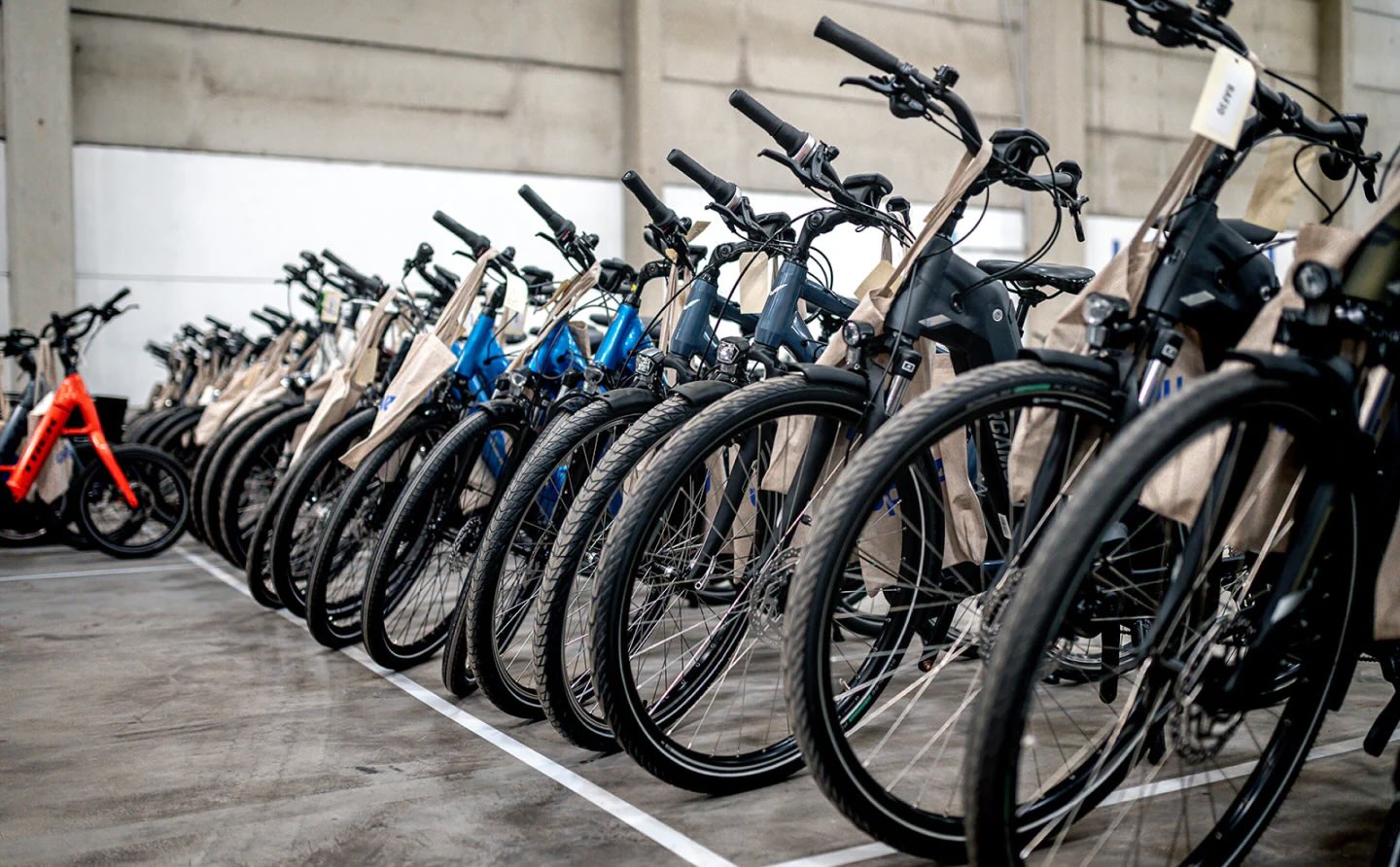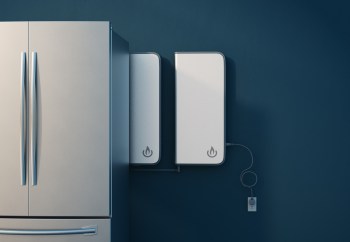A new hydrogen fuel cell could help the long-haul shipping industry take a major step toward eliminating dirty fuel sources.
As first reported by Interesting Engineering, Hypermotive, a UK-based company, has unveiled its new XM-1 platform in partnership with Honda. The XM-1 is a hydrogen fuel cell system that is both modular and scalable, meaning it's versatile enough to work on a massive range of vessels and vehicles.
Hypermotive and Honda believe the system is usable in a variety of vehicle types, ranging from shipping to construction to other commercial vehicles.
"Honda has been focusing on the potential of hydrogen energy since the 1980s, and we are excited to now be collaborating with innovators like Hypermotive to create robust, efficient solutions for a variety of energy and power needs," said Honda Motor Europe's Deputy General Manager Europe Business Planning and Development Ingo Nyhues.
Hydrogen fuel cells have been booming in popularity in recent months as companies push the technology forward for the shipping industry. A $2.75 million contract was recently secured to build the first fully green, compressed hydrogen-powered ship. The Dutch H2 barge is pushing the envelope on hydrogen power, being a short-haul ship fully powered by the cleaner energy source.
On the personal yacht side, Bill Gates is rumored to be the buyer of a new, state-of-the-art hydrogen-powered vessel with an all-electric tender. Even garbage trucks are transitioning to hydrogen power, with the first one unveiled by an American company earlier this year.
Watch now: Can the government create hurricanes?
Hydrogen's popularity as a fuel option lies in the fact that the only byproduct of the power it generates is water. It's still fairly energy- and labor-intensive to create (the most common ways right now are via natural gas reforming and electrolysis, two processes that require a fair amount of power to use), but scientists are trying to find cleaner, less energy-intensive ways to create it.
Generally speaking, the only hydrogen considered promising for combating greenhouse gas pollution is "green hydrogen," which is created with electrolysis using energy exclusively from renewable sources such as solar and wind.
While a fuel cell manufacturer can't control how a buyer sources its fuel, Hypermotive believes its new fuel system can go a long way toward alleviating the industry's reliance on dirty fuel.
"We understand the growing pressures and immense challenges of our customers, especially when it comes to reducing emissions," Adam Huckstep, CEO of Hypermotive, said in a release. "Addressing these demands with the need to control costs and ensure optimum safety and reliability is no mean feat. Leveraging our expertise in hydrogen systems and collaborating with industry leaders like Honda has enabled us to meet those challenges head-on and create new opportunities in the sector."
TCD Picks » Upway Spotlight

Join our free newsletter for weekly updates on the latest innovations improving our lives and shaping our future, and don't miss this cool list of easy ways to help yourself while helping the planet.














